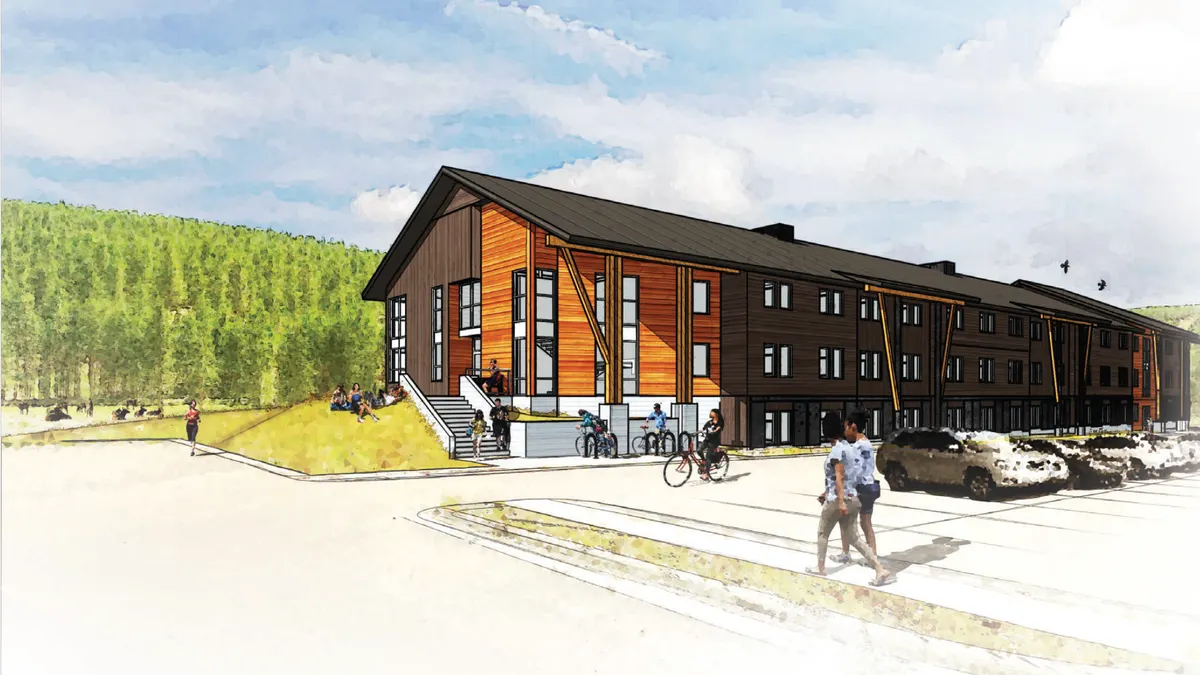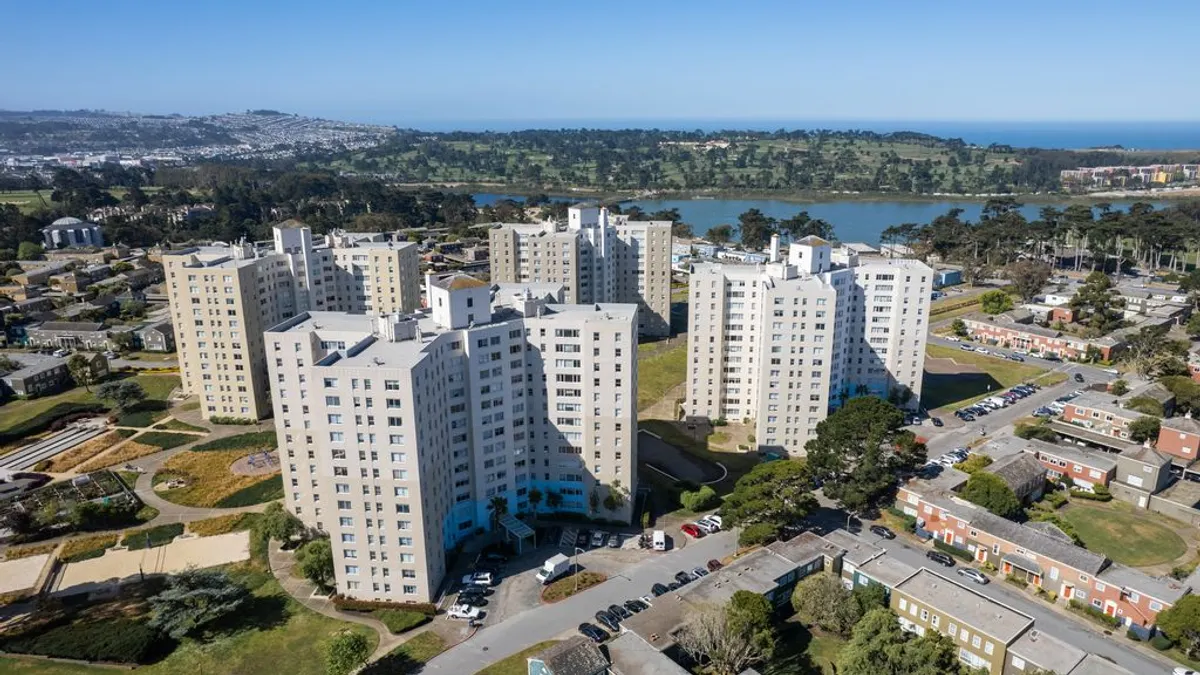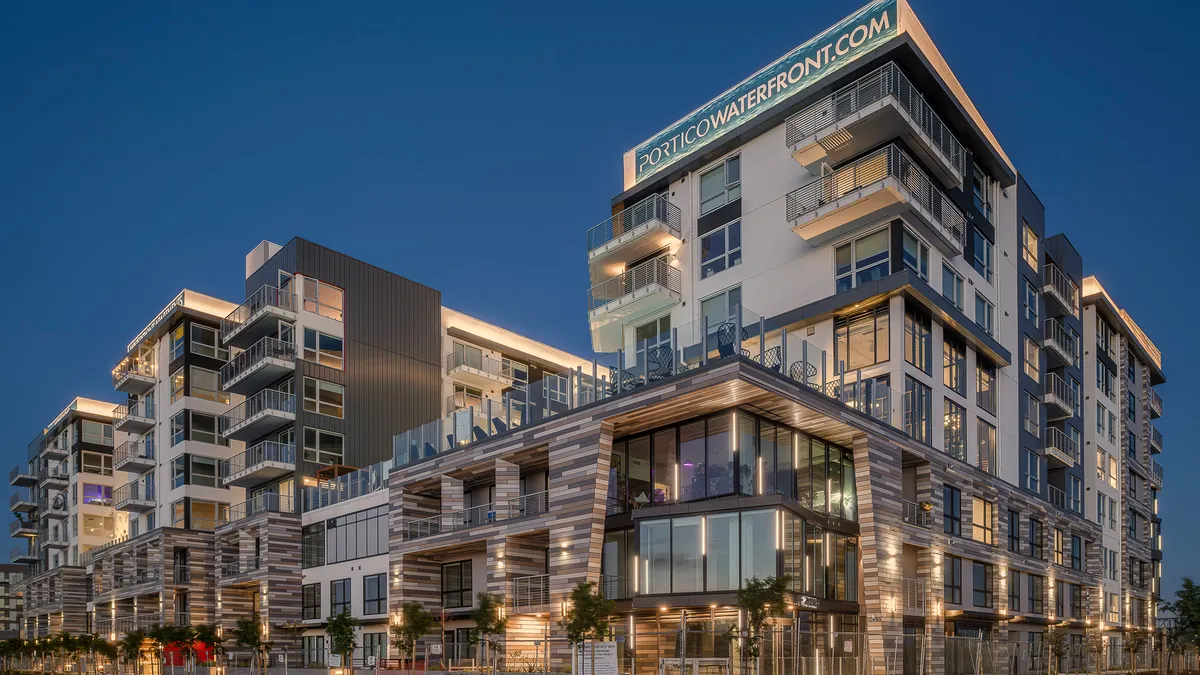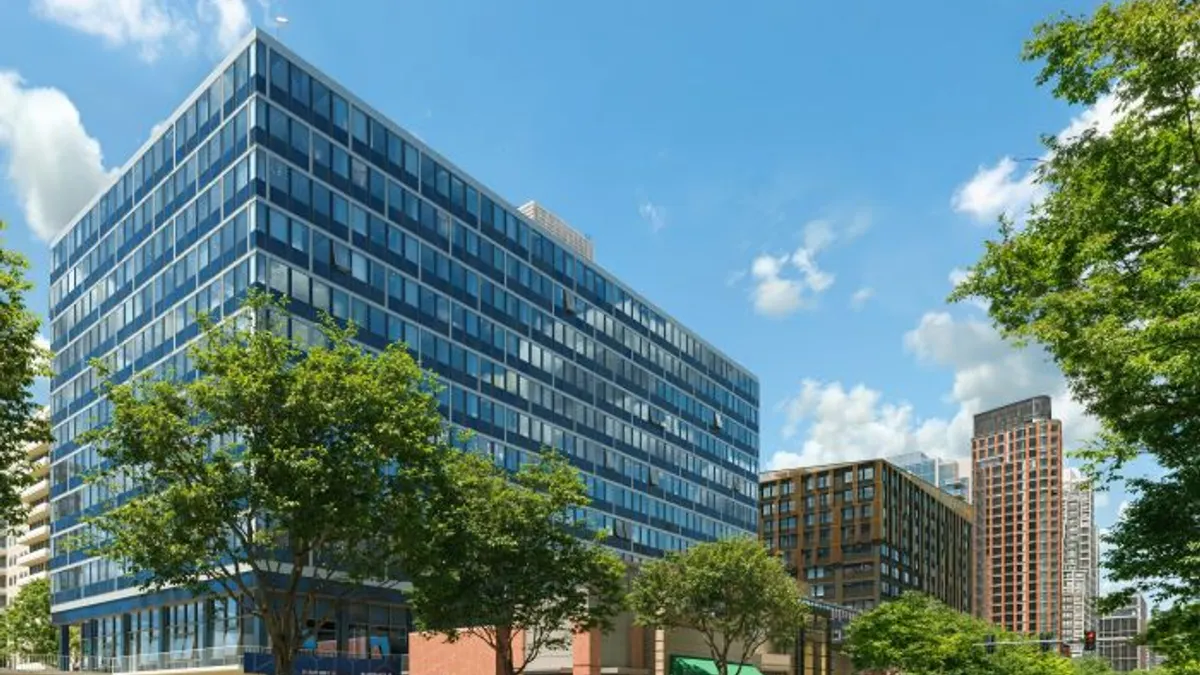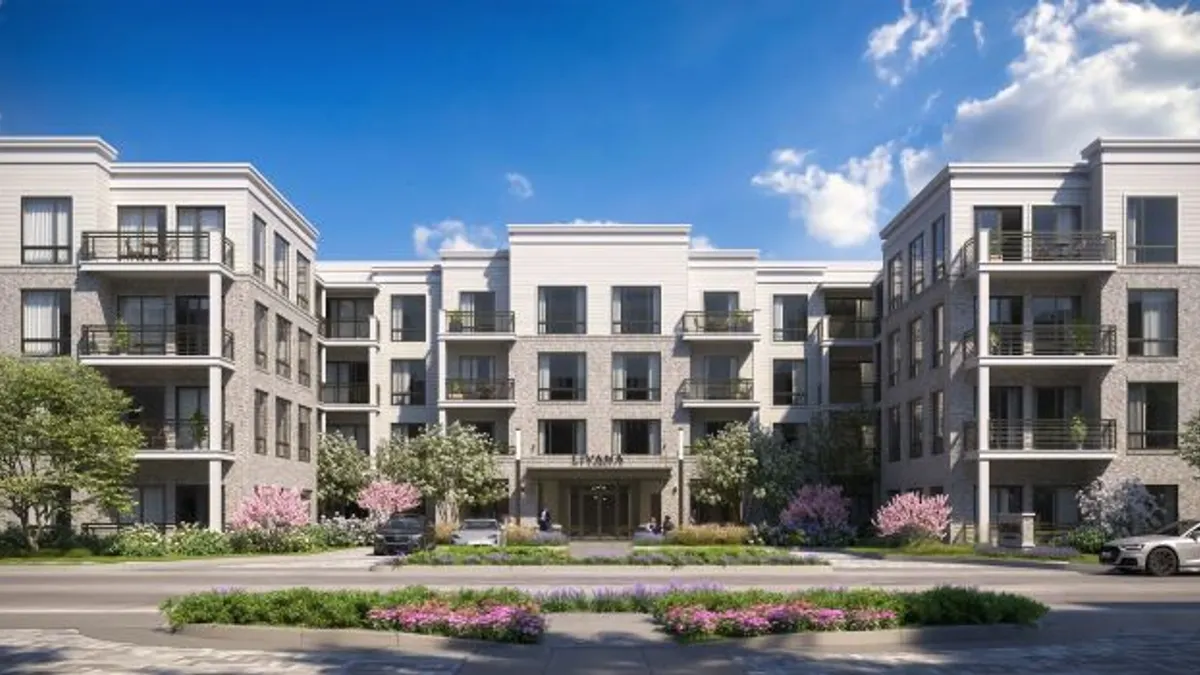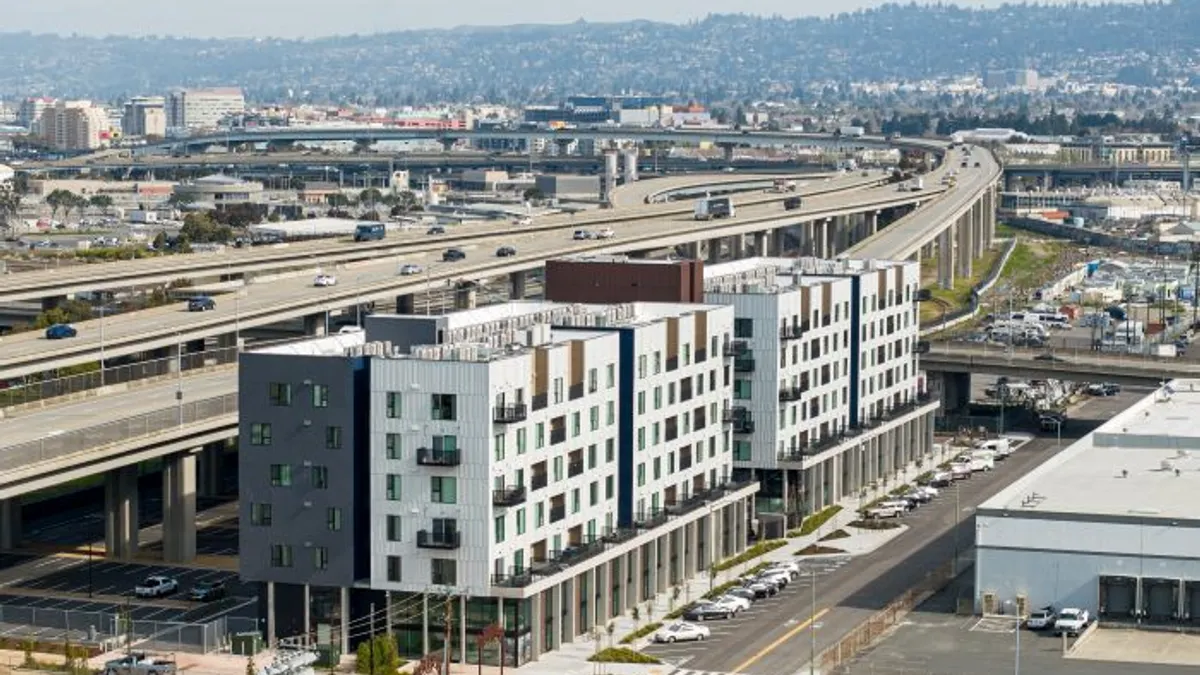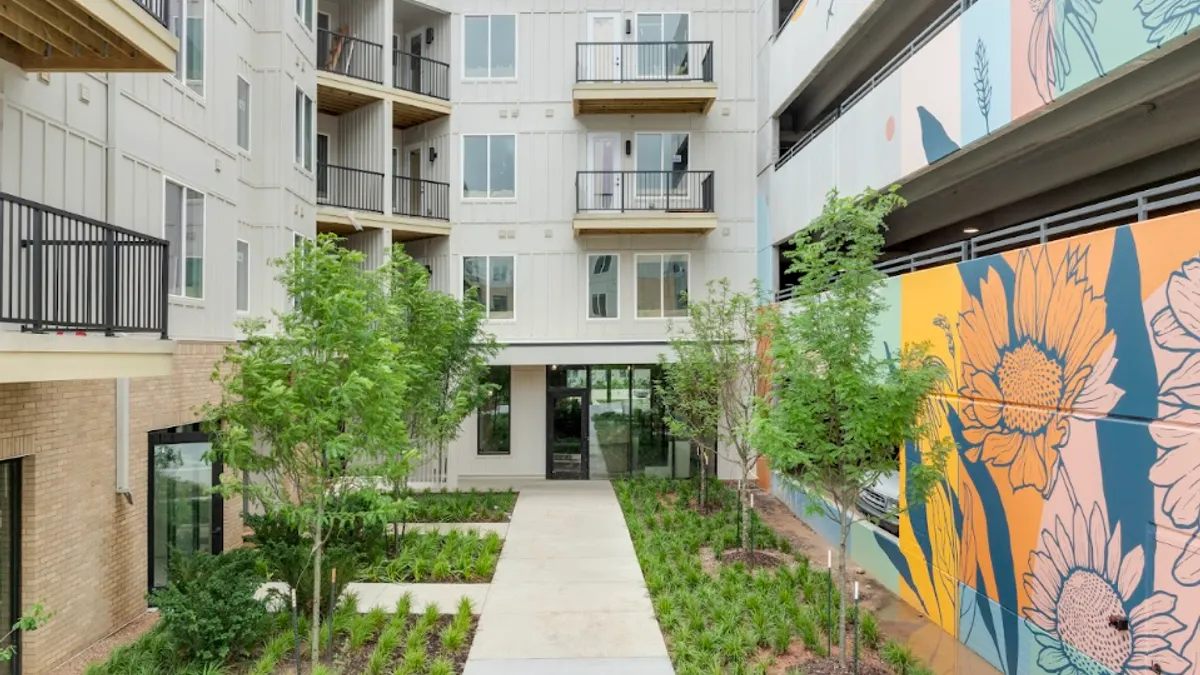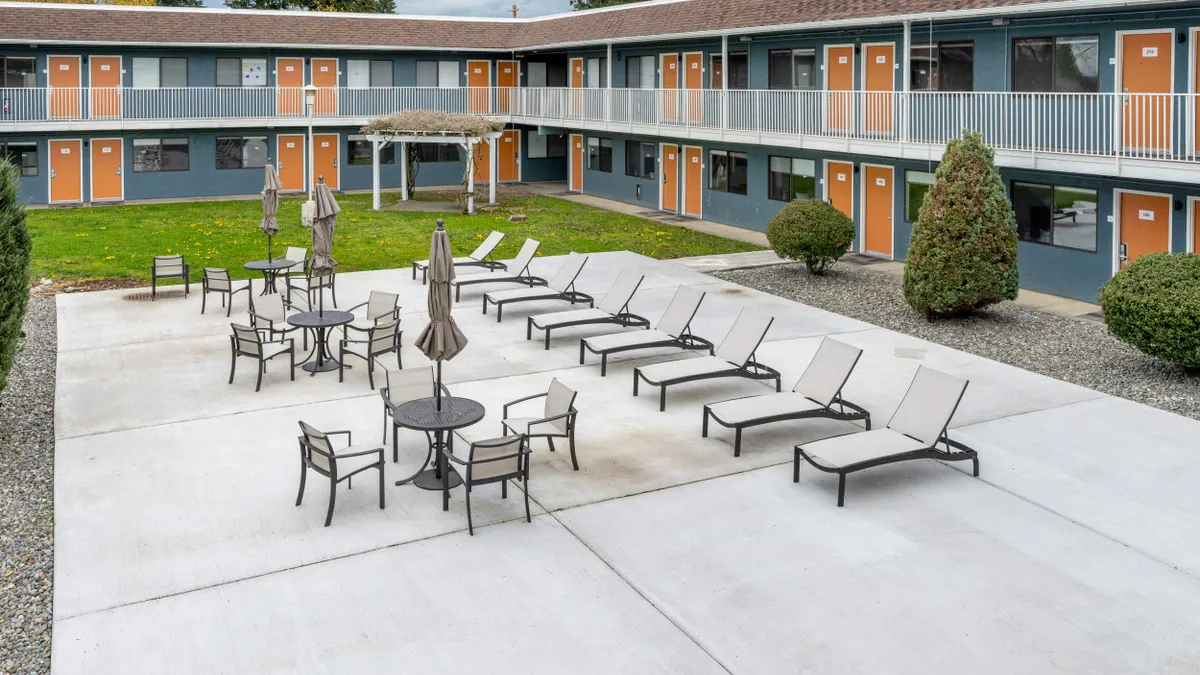During the COVID-19 pandemic, Americans began to work remotely. Others left their jobs altogether. And many migrated to the Sun Belt, sparking a development boom.
These trends have converged to create problems in short-staffed zoning and planning offices around the country. Apartment developers say that backlogs at the local government level are presenting an obstacle to getting projects out of the ground on time.
The situation has forced both builders and municipalities to adjust. Governments are relying on outsourcing and investing in technology, while developers may need to readjust their priorities.
"Real estate demand and real estate development went through the roof in the middle of the pandemic," said Seth Wise, co-CEO of Boca Raton, Florida-based apartment developer and owner of The Altman Cos. "So at a time when they're having challenges with their labor force, we, as developers, are growing our volumes."
A labor issue
County governments around the country have seen employees leave throughout the pandemic even as apartment starts soared. Overall, local governments have lost 1.4 million workers overall since March 2020, according to BLS. Currently, they are still 600,000 jobs short compared to pre-pandemic levels, according to Teryn Zmuda, chief research officer and chief economist at the National Association of Counties.
"County governments are working to recover those jobs," Zmuda said. "There is certainly demand across local government services. What we're experiencing is that the demand on local services and local government functions is at an all-time high due to the pandemic and the services that counties provide and the state of the economy and housing."
As this is happening, more development is on the way. "If you talk to most developers, if they're capitalized, and they're competent, they're telling us they're doing more this year than last year," Wise said. "And they did more last year than the year before. So it's kind of a perfect storm for municipalities."
Case study: Phoenix
It's hard to find a busier development market than Phoenix. This year the city should add 21,618 units, or 5.7% of inventory, according to RealPage. "Things have been booming for us," said Alan Stephenson, Phoenix's incoming deputy city manager and planning and development director since 2013.
At the same time, city leaders are scrambling to keep government positions filled.
"We are trying to do everything we can to get people, but they're hard to find in this market," Stephenson said. "Not only nationally, but here within Phoenix where there's so much growth happening and there's competition with the private sector. They want to hire the same architects, engineers and planners that we want to hire and they can pay a little more money."
The influx of projects jammed up the system after COVID-19 hit, stretching Phoenix's typical review cycle for major commercial building plans from 45 days to 77 days.
With the high volume of projects, the local government was forced to innovate. When COVID-19 first hit, 80% of the development plans sent to the city's zoning department were submitted via paper while the remainder were sent electronically.
"They [the developer] would sit with a staff person who would just go through and make sure all of the pages were there and do a quick little check before it would be accepted into the review process," Stephenson said.
As COVID-19 temporarily eliminated face-to-face meetings and development increased, Phoenix reinforced its IT infrastructure to handle the higher volume of applications. It also had to train the private sector to submit via electronically. Now, 80% of the applications it receives are electronic, while 20% are submitted via paper.
But that wasn't the only change the city made. Phoenix also spends about $6 million on private, third-party companies to review the flood of plans being submitted.
"That helps us with our numbers when things come in the door and we don't have enough staff to review those," Stephenson said. "We can farm them out to these private companies and they do the reviews."
To further streamline the process, Phoenix also developed a self-certification process that allows buildings to be reviewed and certified by the architect and or engineer who submits them into the system. The architect or engineer goes through some training to self certify and then city's inspectors review the project.
"That allows them to get under construction much faster," Stephenson said.
Problems abound
Phoenix isn't the only market anticipating a high volume of starts. For instance, the delays that Altman Cos. faces in its Florida markets can vary. "It could be anywhere from 30 days to many months," Wise said.
Help could be on the way for local and state governments looking to process development plans and provide a whole litany of non-real estate-related functions. The American Rescue Plan Act of 2021 allocated $65.1 billion for local governments, and Zmuda is confident those jobs can be filled with that funding, which she said ranges from $32,000 to $1.9 billion in Los Angeles County, depending on the size of the county.
"There is a wide range of funding available and, with that is an opportunity for economic investments to address some of the challenges presented by or exacerbated by the pandemic," Zmuda said.
Click here to sign up to receive multifamily and apartment news like this article in your inbox every weekday.





